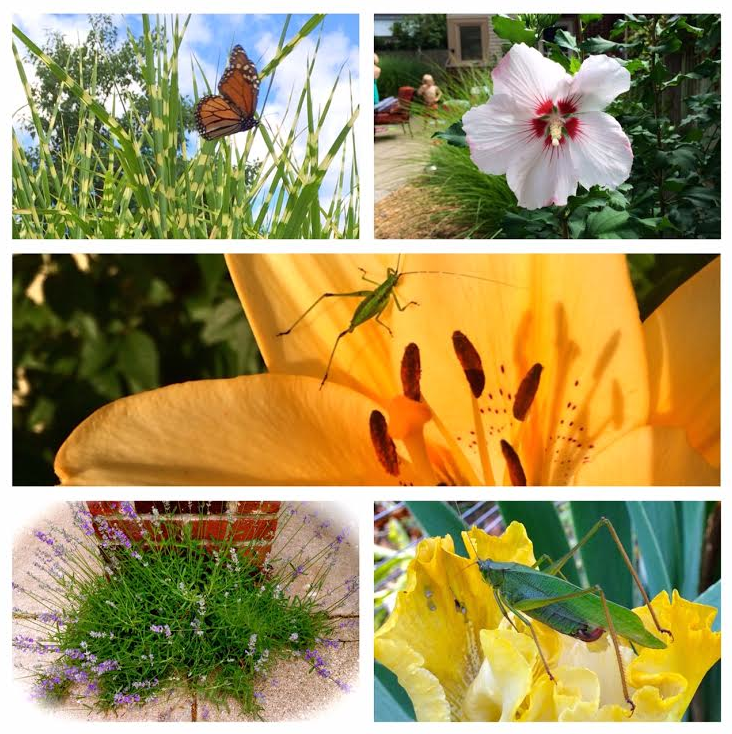Glimpses of Healing and Hope
February 15, 2016
by: Jane Bishop Halteman

Friends and directees sometimes share with me their soul stories of “cracked doors.” I didn’t coin that phrase, but I like it and am borrowing it from a sermon I heard preached last week on Transfiguration Sunday at Dock Woods, the retirement community where my parents live in Lansdale, PA.
As he prepared worshippers for Lent, Ray Hurst, director of pastoral care and service at Living Branches Community, shared that he’s been silent about the transfiguration story during his nearly 30 years as a pastor. “Jesus didn’t talk about this experience, the disciples didn’t talk about it. What do we do with an experience that doesn’t fit our categories?” he asked.
Identifying the Luke 9:28-36 passage as “an intensely private moment between Jesus and God” when Moses and Elijah joined Jesus on the Mount of Transfiguration, Hurst described these kinds of out-of-the-ordinary occurrences as ones which “move us toward what is ahead. ‘I’m going to be with you as you take the journey to Jerusalem’ is what God is saying to Jesus in the transfiguration story,” Hurst said he imagines.
Not claiming for a moment to understand exactly what is going on in this passage, Hurst suggested that we find ourselves exquisitely fascinated when we see unexpected glimpses of God revealed in unusual ways in our own lives, like light glimmering from behind “cracked doors.” (The bulletin cover that morning revealed light streaming into a dark room from double doors slightly ajar.)
Citing similar Biblical examples including Moses and the burning bush, Jacob’s dream about the ladder, Job and the voice in the whirlwind—“stories about God’s palpable presence among us,” Hurst hastened to add that, while “God is not an absent landlord,” God cannot be coaxed into appearing on command and refuses to be boxed in by our extraordinary moments.
Acknowledging that it is easy to get wrapped up in the euphoria of the mountaintop experience when we do get a glimpse of what’s beyond the cracked doors, he reminded us that “God’s presence is constantly on the move.” We can’t make God show up, nor can we capture a snapshot of these astonishing moments in order to remain on the mountain beyond the moment. These amazing places, though perhaps gift to us for special times in our lives, are not the places God remains, he added.
We are tempted to worship the mountaintop experiences by returning to those snapshots to recreate the moment. “Jesus is the light in the cracked doors…God is not contained in these moments, but we can follow Jesus’ example to learn more about what God is up to!” Hurst ended last Sunday’s service with a blessing that went something like this: May God go with us through this season of Lent and cause us to see the cracked doors in our midst.
“People fast, pray, retreat, go on pilgrimages to encounter God, to find something to root their lives in as they discover themselves facing the tragedies and injustices of life.” So how do we make sense of cracked door stories, either our own experiences or friends’ recountings of incidents that seemingly cannot be explained…these moments that come our way unexpectedly through no doing of our own? Such moments are life-changing for those who experience them, as the transfiguration must have been for the disciples who probably never forgot what happened to them that day on the mountain.
Experiences like these embolden us, buoy us up for the journey, remind us that we are not alone, create bonds with others serious about the pilgrimage, and, when we find ourselves in arid places on the road, these stories come to mind to reassure us that the Divine goes ahead of us, comes along behind, and shores us up from all sides while we are on the way.
Authentic mountaintop experiences, the ones that are illuminated from behind cracked doors, transform us. What changes do you see unfolding around you, within you this Lenten season?
